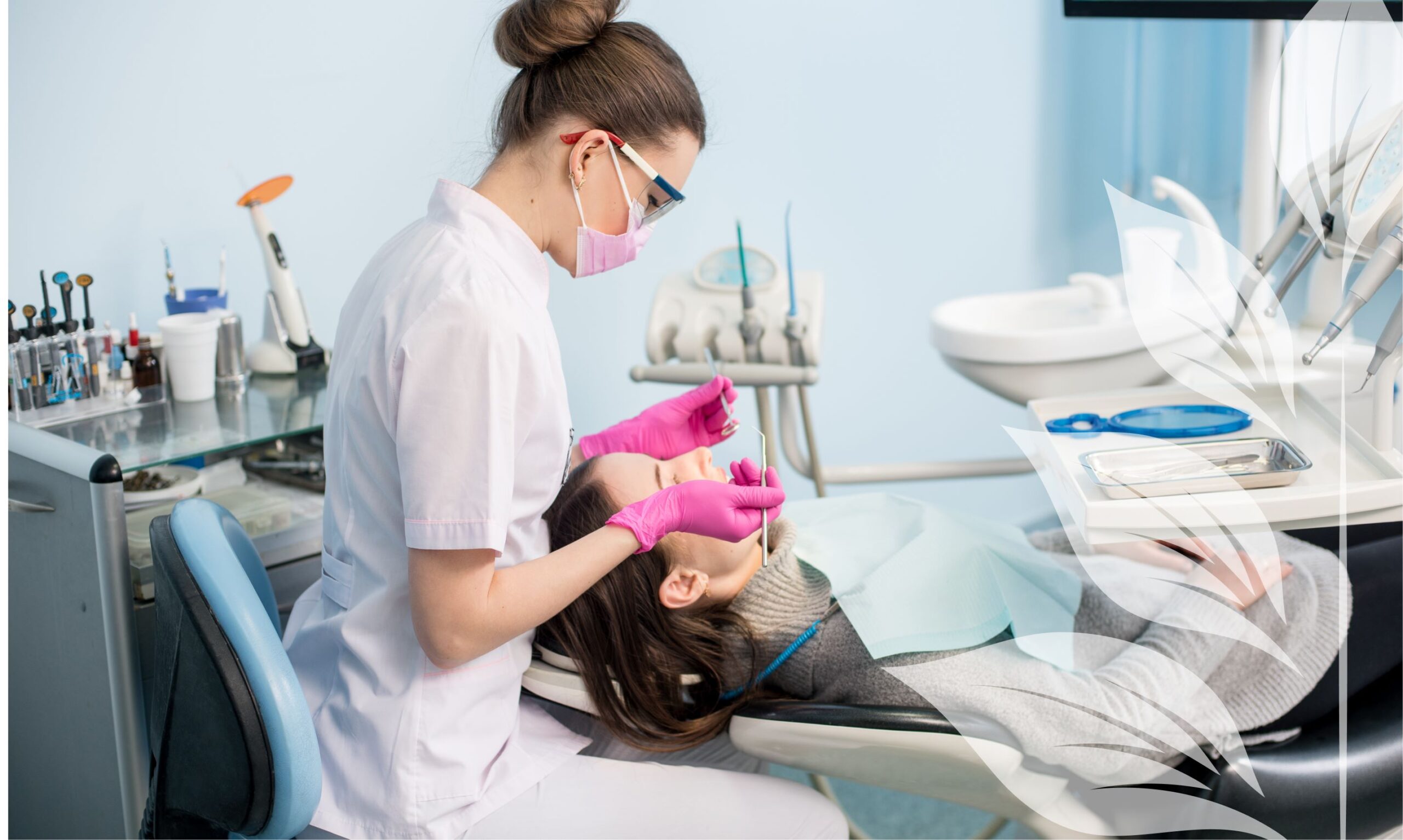Improve the health and appearance of your smile.
In recent years, cosmetic dentistry has exploded in popularity because of its ability to give anyone newfound confidence in their smile without sacrificing their health. Its success can be attributed to many factors, including its ability to treat a wide range of dental issues and new technology that has made it faster, easier, more effective, and more affordable than ever before. One of the biggest factors in its success is also one of our patients’ biggest concerns when they’re deciding whether or not to undergo treatment: the ability of cosmetic dentistry to change your appearance.
Each cosmetic dentistry procedure you undergo is customized specifically for you and uses advanced technology, procedures, and materials. Whether you’re looking to transform your smile or change a few small details, this ensures your results look just as natural and unique as the rest of your smile. Deciding to improve your smile with cosmetic treatments is a big deal, however, so here are a few details on how 5 common procedures can transform your smile.
1. Teeth Whitening
Habits like tobacco use and factors like diet and aging cause teeth to accumulate stains over time until they’re tinged yellow instead of white. Professional teeth whitening treatments are used to quickly and safely free your teeth of these stains, leaving them multiple shades lighter. There are two ways to go about getting your teeth professionally whitened. The first is to receive an in-office treatment, which generally whitens your teeth by multiple shades in about an hour. The second option is to receive a professional at-home whitening kit from Dr. Allred. This method uses a prescription-strength whitening gel and a tray that is custom-made for your mouth to allow you to whiten your teeth in the comfort of your own home. If you choose this method, you will need to apply the gel to your teeth for a few hours every day, generally for a week or more.
Although the treatments can make your teeth more sensitive for a few days, they’re completely harmless for your enamel. Whitening your teeth can’t protect them from future staining, however, so it’s important to limit staining foods, drinks, and habits. You can also get one or two touch-up treatments a year to ensure your teeth stay white for as long as possible.
Since the whitening treatment is designed to remove stains from your teeth, it’ll still look completely natural. If you’re worried about your teeth looking too white, though, you can choose a shade you like, and Dr. Allred can help tailor your treatment so you achieve that particular shade.
2. Dental Crowns
Porcelain dental crowns are cemented in place over a tooth to restore its appearance or health. They’re often used to restore teeth that have been severely decayed, cracked, broken, or worn down, but they can also be placed to transform the appearance of individual teeth that are crooked, misshapen, or permanently stained.
Since they cover your natural tooth, dental crowns protect it from further injury or decay. Even when they’re used for purely cosmetic reasons, they can improve your oral health by straightening out crooked or misshapen teeth, making it easier to clean your teeth and gums thoroughly to prevent decay.
Each crown is made specifically for you, so they’re highly customizable. You can use crowns to restore the appearance of a severely damaged tooth or completely transform the appearance of a crooked or misshapen tooth. Dr. Allred will work with you to achieve your treatment goals by designing a tooth that will look like a natural part of your smile.
It’s not just the shape and size of your dental crown that’s customizable, though; the porcelain can also be tinted to match the shade of your existing teeth. All of these details work together to allow your crown to look so natural, no one will even realize it’s not a natural tooth.
3. Veneers
Veneers are thin layers of porcelain that are secured to the front surface of your teeth. They’re often used to close gaps between teeth, as well as protect and restore the appearance of chipped, cracked, permanently stained, or misshapen teeth. Placing them over your teeth like this protects damaged teeth from further injury or decay and can prevent tooth sensitivity from enamel erosion.
Veneers allow you to change the size, shape, and shade of your teeth. They’re applied individually, so you can restore a single tooth with one veneer or get a set of veneers to completely transform your smile. It’s so easy to customize veneers, you can improve your smile—and even make major changes to its appearance—without sacrificing its unique qualities. If you love your pointy cuspid teeth but don’t love the permanent stain on them, you can have a veneer made that keeps the points while fixing the aspects of the tooth you don’t like. Additionally, since they’re made from the same porcelain material as dental crowns, they look just as natural.
4. Bonding
Dental bonding is a tooth-colored resin that is often used to repair cracks or chips in your teeth. It can also be used to cover permanently stained teeth, change their shape slightly, or fill in gaps between teeth. Evening out your teeth or closing gaps between them makes it easier to clean them thoroughly, which lowers your chance of developing cavities or gum disease. The resin is buffed out to match the gloss of your natural teeth, and its shade is carefully tinted to match their color as well. Dental bonding blends in so well, it’s difficult to tell where it is on your tooth, even if you know it’s there and where to look.
When you’re considering bonding, however, it’s important to note that it does stain pretty easily. Limiting your consumption of staining foods and drinks and practicing great oral hygiene can make dental bonding last longer, but plan on replacing it every four to eight years. Despite this, dental bonding is still an incredibly useful, natural-looking treatment that isn’t permanent, so it’s a great stepping stone if you’re not sure you want to commit to a permanent treatment like veneers.
5. Bridges
Dental bridges consist of one or two pontics, or prosthetic teeth, that are supported by dental crowns on each end. The crowns are placed on the natural teeth next to the gap in your smile, suspending the pontics between them to fill the empty space. The pontics don’t sit directly on your gums, but the gap between them and your gums is small enough that it goes unnoticed.
Porcelain bridges are used to restore the appearance and function of your teeth when you’ve lost one or more teeth to decay or injury. Bridges also protect your future oral health by preventing your remaining healthy teeth from shifting into the gap left by your missing teeth; not only would this impact the appearance of your smile, but it makes your teeth harder to clean, increasing your chances of developing tooth decay and gum disease.
The biggest downside of bridges as a tooth replacement option is that they can’t protect against the bone loss that happens in your jaw as a result of losing teeth; only dental implants can do that. Once again, this restoration is made from porcelain, which means its shape, shade, and size is customizable. Your dental bridge will blend naturally into your smile—just like veneers and dental crowns do.
Transform your smile with cosmetic dentistry.
When you begin looking into cosmetic dentistry treatments, it’s natural to worry that you won’t love the results, especially when you’re undergoing a permanent procedure. Thankfully, however, modern technology has given us access to materials that mimic natural teeth so well that no one will be able to tell which of your teeth are natural and which have undergone cosmetic treatment.
If you’d like to learn more about cosmetic dentistry and what procedure may be best for you, feel free to call our office and schedule a consultation with Dr. Allred at any time.





